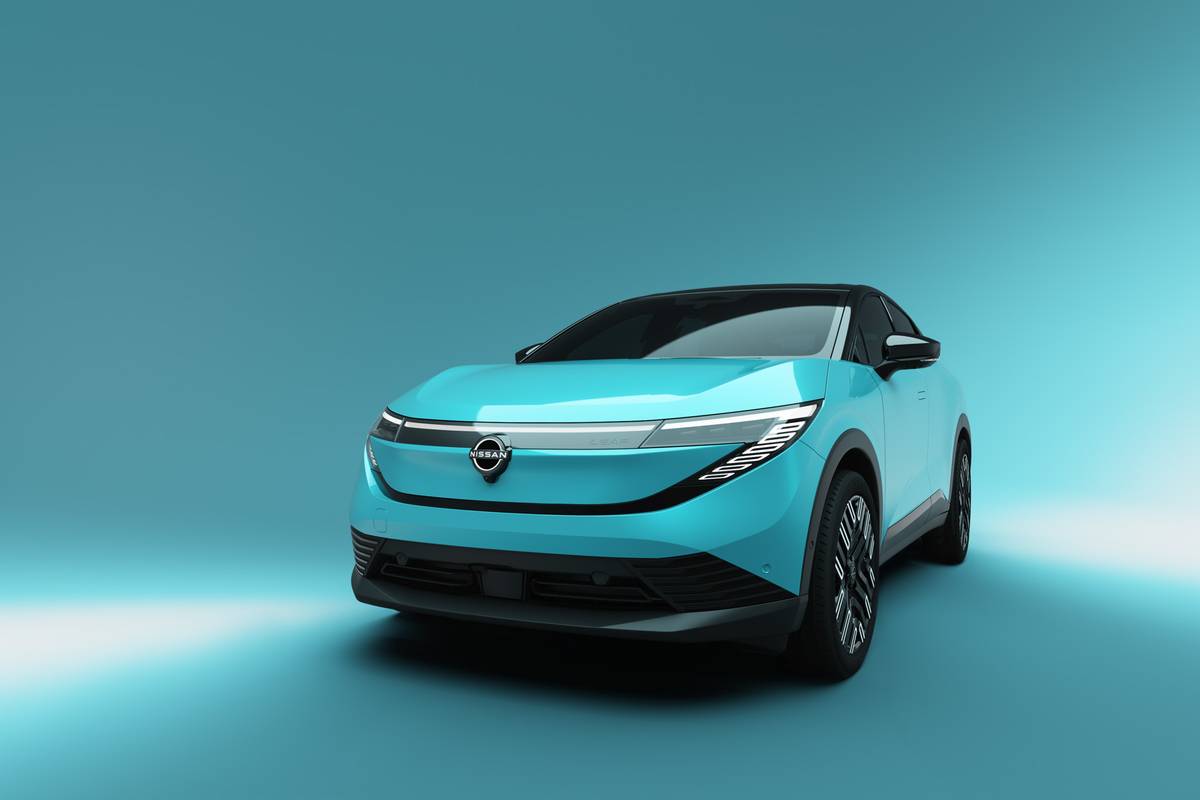Los Angeles Times's view
The second wave of Japan’s soft reshaping of America’s luxury carmarket slides into Southern California next week.
First came the $35,000 Lexus LS400 by Toyota. In September, its maidenmonth, this high-performance smoothie in leather and maple outsold BMW inthe United States. And 35% of its new owners had traded down fromEuropean luxury cars.
The response stunned even Toyota, in particular one company spokesmanwho only days earlier had made this cautious prediction in print: “Wethink it will be hard to win over BMW and Mercedes owners. But in theyears ahead we will get them.”
Now comes the Infiniti Q45 by Nissan.
It goes on sale Wednesday.
If it does not seduce several thousand more Americans from theirGerman and British thoroughbreds, blame it on a shortage of buyers in themarketplace, not on any shortcomings of the vehicle.
For if Rolls-Royce ever decides to build a smaller luxury car, itcouldn’t do much better than slap a Grecian radiator on the Infiniti.
This car is that smooth. It infects its driver with elegance. It isyet another impressive example of miracles made by today’s automotivetechnologists who can subdue the roughest roads by multiple links in asuspension system, muffle the noisiest engines and their clatteringinnards, and convert momentum to inertia and back in a computer’s wink.
Yet the Toyota-Lexus also is such a car.
A representative for Nissan-Infiniti agreed.
“But what Infiniti has tried to accomplish, overall, is attention todetail,” he continued. “The shape of the switches and the sound theymake. The feel and the look of the door handles and their invitation. Thelack of a grill.
“The Infiniti buyer will be more discriminating, a person who wants tobreak out. They want an experience from the car, a handling relationship. . . they start the car, they hear the engine and they start to feelit.”
Those of us who pump our own gas may be excused for missing the pointof such rhapsodizing over two tons of rubber, steel and annualregistration fees. But when you’re a new entry in a world businesscompeting against several nations and a hundred manufacturers offeringsimilar products to jaded millions, it pays to develop a trick pitch.
Hence Infiniti’s curious advertising campaign, months of teasing bycar commercials that didn’t show a car but did wax ethereal on theessences of life, nature and the spiritual legacy of Euell Gibbons.
So the biggest surprise of the Infiniti Q45 is that it doesn’t comecovered with twigs and leaves with a koi in the glove box.
But the soul and commercial place of a vehicle is still best measuredby the old standards of comfort of ride, oomph of engine, safety ofbrakes and steering and is it a car worth the price?
In these departments, quite clearly, the Infiniti is magna cum superb,a car of enormous prowess with a blessed feel not of a quick five-yeardevelopment (which was its gestation period) but of decades ofgentle evolution.
It is not better than its equivalent from Mercedes (the 420SEL) or BMW(the 735i). But it is as good. Do not look at Infiniti for the heritageand prestige of Jaguar. Maybe in a season or so.Sticker Price
But now examine its sticker. At $38,000 (with four-wheel steering, arear-deck spoiler and racier wheels the only options) the Q45 clearly isunderselling the best that Europe can muster in its class. A car doesn’tget much more attractive than that.
Comparisons with the Lexus LS400–especially with two months betweenpersonal driving impressions–would not be fair.
Price and horsepower are about the same. Performance and amenities areidentical. Lexus and Infiniti are front-engine, rear-drive cars and comehard-wired for a telephone and CD player. High-tolerance engineering,anti-lock brakes, speed-sensitive steering, driver-side air bag, climatecontrol, a Bose sound system and insulation and exhaust tuning to allowthe thro aty reminder of V-8 power are with both.
There are, indeed, only subtle differences.
Lexus’ is admired as a luxury, high-performance car.
Infiniti likely will be regarded for high performance first, luxurysecond.
For Lexus’ interior is warm maple and cozier lines.
There isn’t a sliver of wood inside the Infiniti.
The line of its elliptical dash curves down to isolate the driver in avisual capsule. Even the leather seats feel chillier. The environment isquite impersonal and, ironically, there’s almost a Teutonic sterilityhere.
Ergonomically, the Q45 (there is an Infiniti M30 coupe that will listfor $25,000) passes the toughest test of all. Don’t read the owner’smanual. Resist a systems briefing. Now, do all the knobs and switcheshave obvious functions? Can they be fully understood by nothing more thanlooking and a little common sense fiddling?
They certainly can. The Infiniti is delightfully self-explanatory.
Unfortunately, the exterior of the car is a classic of saying nothing.There is a line between discretion and dullness, between elegance and theelementary and the Infiniti crosses both on the wrong side. It is farfrom unattractive, but it turns few heads and is just . . . well, it isjust there.
Then there is that hood motif. It looks like a lace coaster. Jay Lenosees it as a basket of snakes. In truth, it is a mythical Japanese plant.
But fire up the Infiniti. Hear its rumble. Ease into traffic and whocares that this car and its silly badge will never make any gallery ofindustrial design. For it will indeed make the day of any purist whobelieves that fine cars respond to a driver’s mien in addition to histhrottle and steering input.Tempting Power
The Infiniti has the overpowering punch to be first away and far infront at those freeway meters that allow one car per lane per green. Theeffort to stay docile in traffic must be conscious. The subconscious iscontinually urging a driver to take full advantage of a splendid meld ofpower and steering (why else would the engineers have put it there?) andmake like a scalpel around less agile traffic.
Yet this is not a car for philistines. If crude speed is the lust, buya motorcycle. If in search of the satisfaction of precise response andfingertip control of a car poised to correct our indecisions, even hamhandling, consider a Q45.
And always there will be wonder at the Nissan-Infiniti talent thatraided standard parts bins for ordinary pieces–disc brakes, coilsprings, automatic transmission, rack and pinion steering–and massagedthem into a tight, smooth, integrated package with no apparent separationof functions.
How talented?
Infiniti’s transmission is a four-speed automatic that, under standardloafer pressure, moves the car away in second gear for slower butsmoother starts. But if you want to get theatrical, simply floor thepedal from rest and the transmission kicks down to first and awa y we gowith greater flair.
How crafty does that make Infiniti?
Well, it borrowed that particular development from Mercedes.
Latest news



